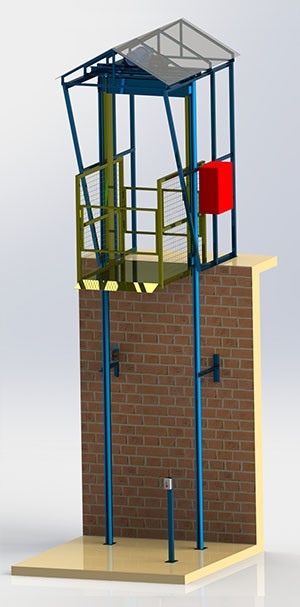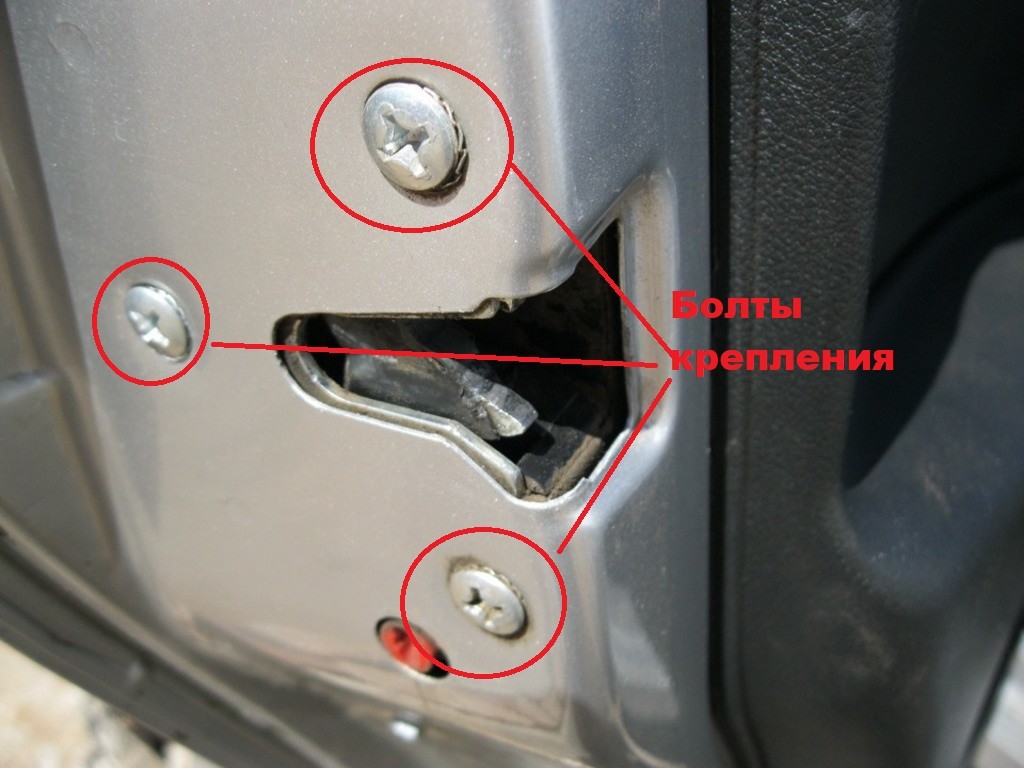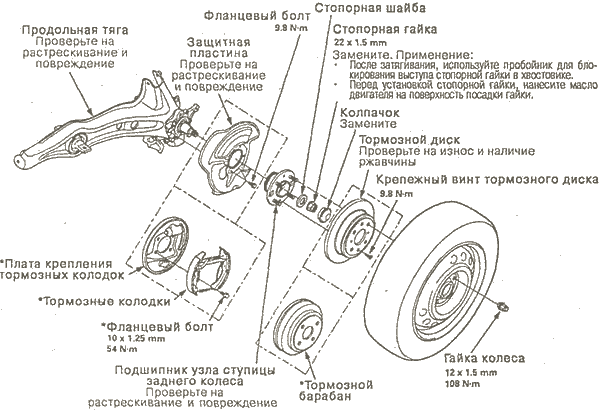
How to know what type of lift to buy
Content
When it comes to car repair, maintenance and storage, part of the population takes it very seriously. Professional grade tools, large home garages or shops, and even car lifts are all part of their repertoire for doing their own repairs.
Owning a car lift can greatly improve your ability to service and repair your own car from the comfort of your own garage. The car lift can:
- Raise the vehicle to a comfortable working height
- Maintain your car safely while you work on it
- Provide easy access to the bottom of your vehicle
- Lift cars off the road for storage
There are several types of car lifts on the market today and choosing the one that best suits your needs can be tricky. There are different lifting capacities and several winch configurations, which means choosing the best one for you can be confusing.
Here's how to choose the best car lift for your application.
Part 1 of 3: Determining the required lift capacity
Your car lift will have a limit on what it can lift. Lifts are rated based on their lifting capacity, with commercially available lifts lifting from 7,000 to 150,000 pounds or more. With such a wide range of abilities, you need to find the one that works best for you based on the rankings.
Step 1. Consider the interests of your car. Your new car lift is designed not only to service and repair the car you own now, but to service any car you may own for the foreseeable future.
If you prefer sports cars or small SUVs, a light weight lift with a lower capacity will be suitable for your garage.
If you have a penchant for big SUVs and trucks, or think you might be able to in the future, consider a lift with slightly more powerful specs.
If you work with heavy vehicles or operate your own highway tractor, a heavy duty lift with a rated weight of over 100,000 pounds is your best bet.
Step 2: Think about your budget. Light duty lifts are the most cost-effective to buy, but they are highly limited depending on the type of vehicle they can lift and their lifting capacity.
Powerful lifts for heavy equipment and road tractors are quite expensive, but necessary for the proper maintenance of large equipment.
Four post lifts are more expensive than two post and light lifts, but are more versatile for passenger cars.
Part 2 of 3. Considering the available space
Installing a lift takes up much more space than just owning a vehicle. To choose the right lift for your application, you must consider not only the floor area, but also the height of the ceiling.
Required material:
- Measuring tape
Step 1: Measure your ceiling height. Using a tape measure, measure the height of the ceiling in your garage or shop.
Almost all two-post car lifts—the most versatile type of lift—are at least 10 feet high. Two post lifts measure up to 16 feet high at the top of the lift posts.
Four post lifts and in-ground lifts are much lower, but the height of the ceiling will limit the height you can raise your vehicle on your lift.
Primarily designed for heavy equipment, mobile car lifts go up to a maximum of 5 feet 9 inches, but reach a maximum lift height of just over 13 feet when fully lifted.
Step 2: Measure the available floor width for your lift.. Again, using a measuring tape, measure the width of the available floor space across your garage or store.
A basic light vehicle lift requires almost 12 feet across for the lift legs, plus you'll need room to move the lift while it's in use.
The Heavy Duty Lift is only a few inches wider and has a higher load capacity, making it arguably the best choice if your budget allows.
Step 3: Measure your floor length. Again, use a tape measure to measure the length of available floor space when returning to the garage or store.
Four post lifts have more uses and are more versatile, but require significantly more dedicated space.
Even the most compact four-post lift requires 20 feet or more of floor length and room to maneuver around it. For four post lifts designed for long wheelbase trucks, lift lengths can exceed 40 feet.
If you don't have the length for a XNUMX-post or XNUMX-post lift, a ground lift or scissor lift can be installed.
Part 3 of 3: Repair and Maintenance Cost Accounting
As part of the equipment that will be used for heavy lifting, you need to make sure that your car lift is in good condition.
Step 1: Consider the number of moving parts. Generally, the more parts involved, the higher the repair and maintenance costs.
Four post lifts require more frequent maintenance and repair than two post lifts because they involve more parts that need to work together to work properly.
Step 2: Buy Popular Car Lift Brands. A popular brand most likely has spare parts as well as service technicians in most areas.
Challenger, Rotary Lift and BendPak lifts are common and well-known brands in the industry.
Step 3: Be prepared for an annual lift inspection by a certified technician.. In addition to maintaining a safe operating condition, your insurance company may require annual reviews to keep your policy running.
When you are ready to purchase your car lift, contact a local dealer who can come to you and confirm your choice of lift. They will measure the thickness of your floor to make sure it can handle the installation of a lift and advise you of any other problems they can foresee.

